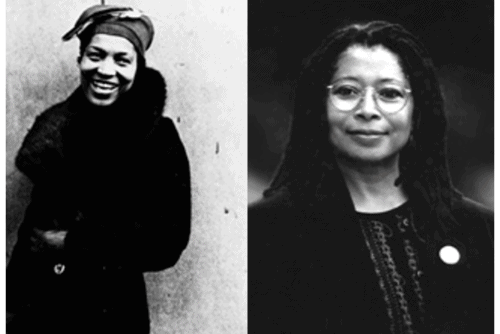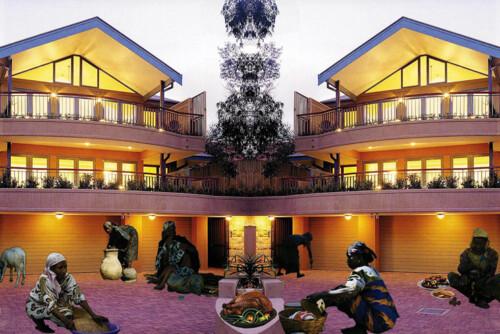Indispensably, however, it was only when Hurston could publicly retain her affiliation with the West Indian idioms that she stood to gain personally from such transactions. And as the Bahamian dancers continued to perform the Fire Dance in various locales around New York and to accrue new affiliations with additional white dancers, Hurston’s original association with the troupe gradually faded. Yet what John Martin’s response to Run, Little Chillun! demonstrates is that affiliation alone was not enough to confer full artistic credit on Hurston, for a mantle of racial authenticity rendered much of her choreographic labor illegible. Returning then to Mason’s warning to Locke about the threat of exploitation, I want to suggest that the real problem lay neither in the public exposure of black vernacular forms, nor in the commercial appetites of outside producers, nor even in the widespread dissemination of those expressive forms. Rather, as I hope I have shown, the foremost danger to Hurston’s folk material came from the underlying assumptions that attended enactments of black folk dance and shaped spectators’ disparate perceptions of white and black dancing bodies. In effect, it was the operation of racialized notions of artistry and authenticity—notions that insisted on essential, immutable differences between black folk dancers and white modern artists—that not only “invisibilized” Hurston’s choreographic contributions but also limited her ability to retain control over productions of the West Indian dance and therefore her ability to assign her own meanings to the idiom. The case of Hurston’s Fire Dance thus exemplifies cultural critic Robin Kelley’s observation that terms like “folk” and “authentic” are in actuality “socially constructed categories that have something to do with the reproduction of race, class, and gender hierarchies and the policing of the boundaries of modernism.”1 For if the extensive circulation of the Bahamian number reveals how mutually imbricated black folk dance and white modern dance were in the 1930s, it equally demonstrates how rigorously the boundaries between those two categories were policed.
- Robin D. G. Kelley, “Notes on Deconstructing ‘The Folk,'” American Historical Review 97.5 (December 1992): 1402. [↩]


